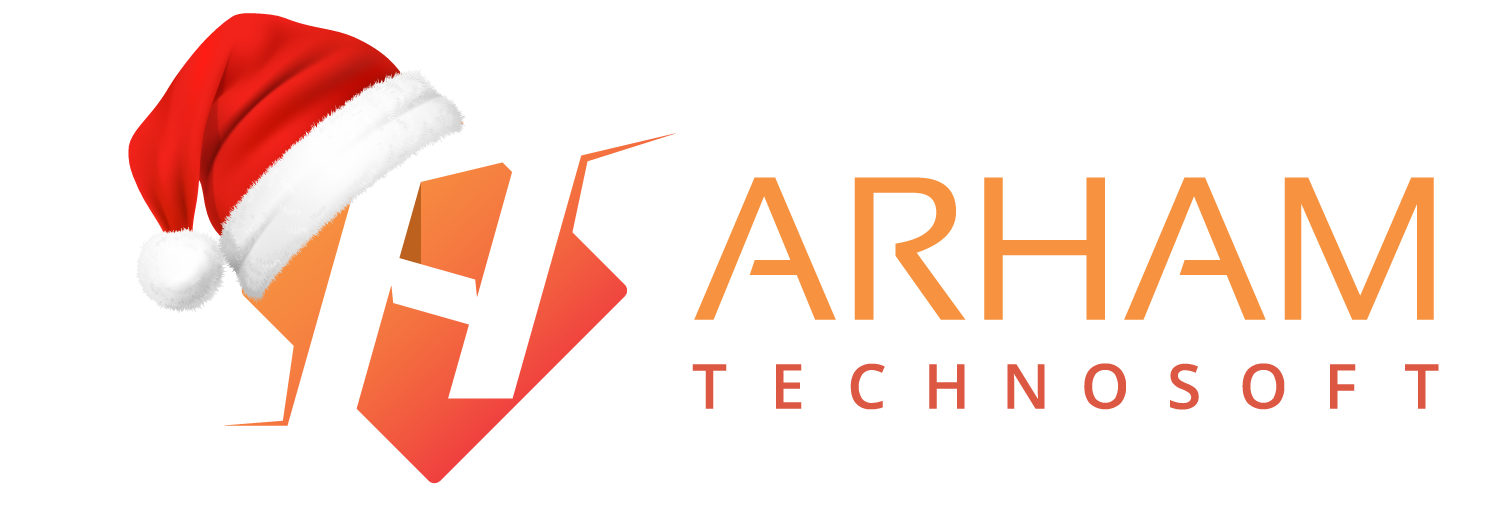Golang is an open-source programming language developed by Google. It was designed with the goal of combining the efficiency and performance of a statically typed language with the simplicity and readability of a dynamically typed language. Since its release in 2009, GoLang has gained popularity among developers due to its unique features and benefits. However, like any programming language, it also has its drawbacks.
In this article, we will explore the pros and cons of using GoLang for software development.
Pros of GoLang:
Simplicity and Readability
GoLang emphasizes simplicity and readability, making it easy for developers to write and understand code. Its minimalist syntax reduces the complexity of programs and makes it accessible to both new and experienced developers. The language includes a small set of keywords and concise constructs, which helps in writing clean and maintainable code.
Concurrency and Goroutines
GoLang has built-in support for concurrency through goroutines and channels. Goroutines are lightweight threads that allow developers to write concurrent code easily. Channels facilitate communication and synchronization between goroutines, making it simpler to handle concurrent tasks. This concurrency model makes it easier to write scalable and efficient programs, particularly in scenarios that involve heavy concurrent processing.
Efficient Performance
GoLang is designed to provide high performance and efficiency. Its compiled nature allows it to produce executable binaries that can run directly on the target system without any dependencies. Go’s garbage collector is optimized for low-latency, allowing programs to manage memory efficiently. Furthermore, GoLang’s static typing and compilation process enable early error detection and optimization, resulting in faster and more efficient code execution.
Standard Library
GoLang comes with a comprehensive standard library that provides a wide range of functionalities, including networking, file handling, encryption, and more. The standard library is well-documented and maintained by the Go community, ensuring reliable and consistent support for various programming tasks. This extensive library reduces the need for third-party dependencies and simplifies the development process.
Scalability and Concurrency Patterns
GoLang provides robust scalability and supports the development of concurrent systems. It offers several concurrency patterns, such as mutexes, condition variables, and semaphores, which help in synchronizing access to shared resources. The language’s strong support for parallelism enables developers to leverage the power of modern multi-core processors effectively.
Cross-Platform Support
GoLang provides excellent cross-platform support, allowing developers to write code once and run it on different operating systems without modifications. The language’s standard library abstracts many system-specific details, making it easier to write portable code. This cross-platform compatibility reduces the effort required to develop and maintain applications on different platforms.
Read Also: Best Backend Programming Languages for Development in 2023
Cons of GoLang:
Lack of Generics
One of the major limitations of GoLang is the lack of generics. Generics allow developers to write reusable code that can work with different data types. Without generics, developers often need to resort to code duplication or interface{} type, which can lead to less type-safe and less efficient code. While the Go team has acknowledged this limitation and is actively working on adding generics to the language, it remains a downside for now.
Immaturity of Third-Party Ecosystem
Although GoLang has a robust standard library, its third-party ecosystem is still relatively immature compared to other programming languages. While many essential libraries and frameworks exist, the ecosystem might have fewer options for specific use cases. However, as the language gains popularity, the ecosystem is steadily growing, and more libraries are being developed to address different needs.
Limited Language Features
GoLang deliberately maintains simplicity by omitting certain language features found in other programming languages. While this simplicity is a strength in many cases, it can be a limitation for developers who are used to more expressive languages. GoLang lacks features such as function overloading, operator overloading, and inheritance. While the language promotes composition over inheritance, this may require developers to adapt their coding style.
Steeper Learning Curve for Beginners
While GoLang’s simplicity makes it easy to learn for experienced programmers, beginners may find it challenging to grasp certain concepts. The language’s unique syntax and the absence of certain familiar features may require a shift in thinking for those coming from other programming languages. However, with proper learning resources and practice, beginners can overcome this initial hurdle.
Lack of Exception Handling
GoLang uses a different error-handling mechanism compared to traditional exceptions. Instead of exceptions, GoLang relies on error values that are explicitly returned and checked. While this approach promotes explicit error handling, it can lead to more verbose code, as developers need to handle errors at each step manually. This can be cumbersome, especially in scenarios where multiple function calls are involved.
Conclusion:
GoLang offers numerous advantages that make it a popular choice for software development. Its simplicity, concurrency model, performance, and cross-platform support make it well-suited for building efficient and scalable applications. However, GoLang also has its limitations, including the lack of generics, an evolving third-party ecosystem, and a steeper learning curve for beginners. Despite these drawbacks, GoLang continues to gain traction and is widely used in various domains, proving its worth as a versatile programming language.
Overall, GoLang’s pros outweigh its cons for many developers, and it is worth considering for projects that prioritize performance, simplicity, and concurrent processing. With ongoing language improvements and the growing ecosystem, GoLang is expected to become an even more compelling choice in the future.


